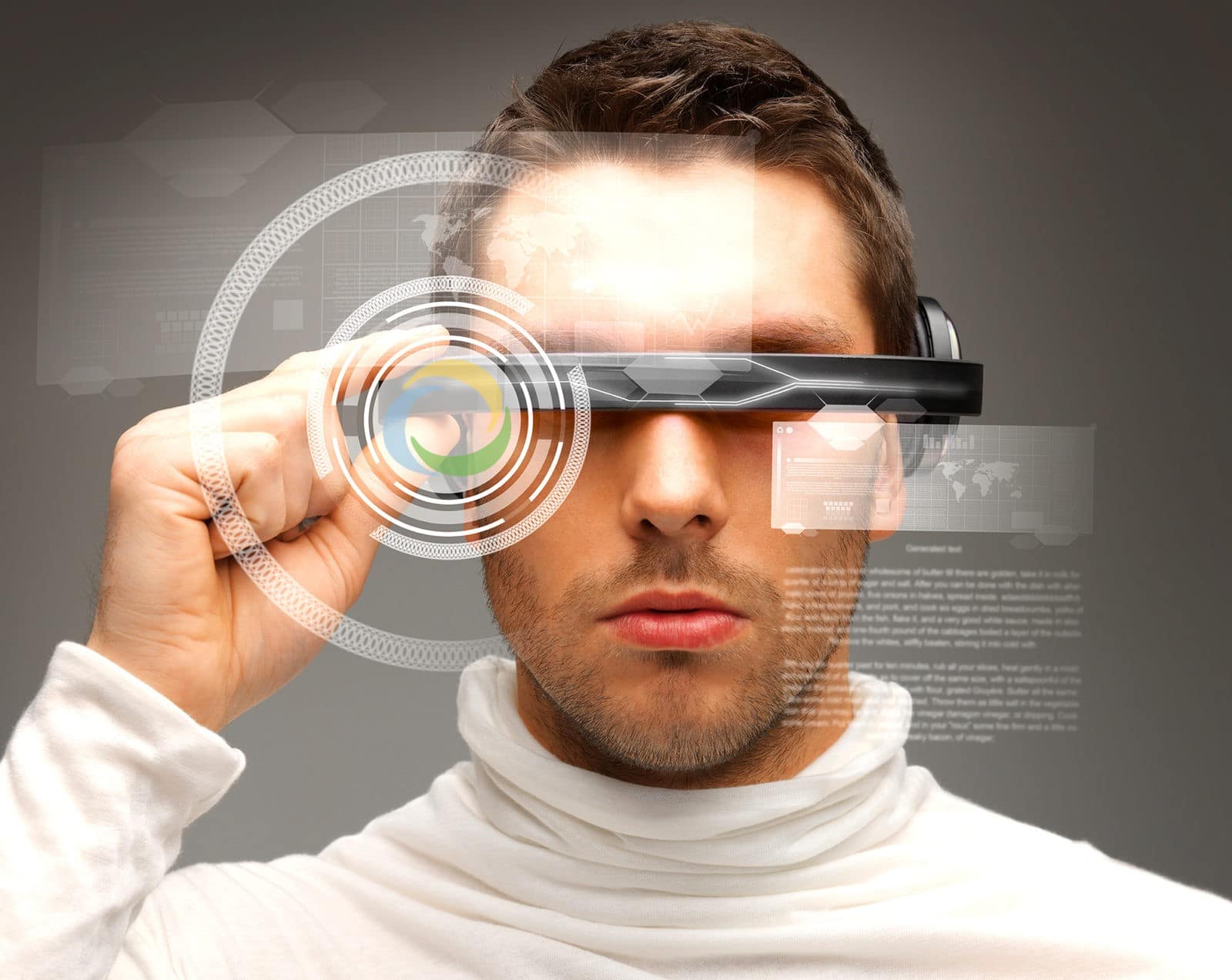Wearable and big data technologies are becoming more than just a cool new gadget. As the populace continues to embrace tech-on-the-go, what will this mean for Big Data?
Our daily life is becoming inseparable from our technology. We track the weather on our phones, the news on our tablets, and our steps on our Fitbit. Wearable tech is simply taking this process to the next level.
As most people know, wearable technology is any device which a) is small enough to be worn on the body, such as a watch; and b) can wirelessly connect with the Internet, a satellite, another mobile device, or some other connectivity point. Common wearable tech examples include Google Glass and Apple Watch. These devices, and their ilk, are opening up a variety of interesting applications across several fields.
Where do we see – and might we expect to see – mobile technology in use? Healthcare and medical, business, fitness and wellness, industrial, military, outdoors activities and adventure sports, and entertainment are all ideal places for wearable tech.
So how does Big Data fit into the puzzle? As people use wearable tech, Big Data can provide them with customized recommendations and suggestions. And for marketers, the combination of Big Data and wearable tech can be very powerful indeed.
How is Wearable Tech Being Used Today?
Wearable devices make life easier than ever. Right now, they’re something of a status symbol and something of a fashion statement, but that shouldn’t obscure from their real usefulness in certain situations. Everything is real-time, streaming, up-to-the-minute – and available at the turn of a wrist or the flick of a hand. Yet, these devices can help industries address some weighty needs. For example:
- Healthcare, Medical, and Fitness. The Fitbit might be the top-of-the-mind example here, but health-related wearable tech isn’t limited to tracking steps. Other possibilities for wearables include smart clothing, which comes with built-in sensors; activity monitors; sleep sensors; heart-rate-monitors, etc. With wearable tech, these things become easier to use. More importantly, they give access to real-time health data. Automated systems can track this data and even use it to find indicators of potential health events. Patients and doctors could use this information to take precautionary measures before a problem becomes critical.
- Entertainment and Information. One of today’s emerging fields is infotainment: the merging of entertainment and information. This can imply the usage of devices like smart watches or the aforementioned smart glasses. Such devices provide a level of interactivity by processing voice cues and natural language, and they can also serve as a personal imaging system for the wearer.
- Police, Military, and Adventure Sports. Lightweight, wearable tools, transmitters, recorders, displays, and other devices can easily be used outdoors. GPS-powered devices have been popularly used by hikers, hunters, and fishers to plan a route or track game – or to keep track of their own whereabouts.
For marketers, this uptick in wearable technology means that online shopping, banking, and other services can be further enhanced and personalized for each user. It gives them the opportunity to better understand customer behavior, as these devices can provide an enormous flow of data.
Speaking of data, just how big is the flow of info from wearable tech going to get?
Wearable Tech as a Big Data Source
As wearable tech becomes more mainstream, people are going to be expecting more of it. They’ll want results that are more tailored to their likes and needs. And they’ll want them to be delivered faster and more reliably than ever before.
Big Data is going to be on both sides of this equation. Demographic, usage, and consumer expectation data is going to be pouring in from these devices; in return, this data is going to have to be analyzed to give the customer what he or she wants. As the wearable device gets used more and more, it provides more and more info, but expectations will rise as well.
Wearable Tech as a Big Data Challenge
The data gathered from wearable tech has yet to be properly explored or analyzed. But we’re sure it’s going to be Big Data – a term that speaks to the huge variety of information collected, its velocity and volume, and it’s overall veracity. This constant stream of information will call for huge data processing and storage capabilities. And this, along with computation limits and multi-tasking requirements, is where the challenge lies.
Speed is the problem here; speed and volume. Storing a continuously-growing pile of data is difficult; analyzing it and having a dynamic recommendation system is daunting. And this is where the tools and techniques of Big Data come into play. Cloud computing and parallelism are needed to handle this outpouring of information while pattern recognition and machine-learning-based predictions are used for drawing insights and provide suggestions accordingly. And that’s what Big Data has in its toolbox.
Is Wearable Tech the Next Big (Data) Thing?
Landline phones took decades to hit the mainstream. Mobile devices took a couple of years. Wearable devices may only take a matter of months. As people get used to an ever more convenient form of tech, they’ll use it for a growing number of activities.
The lure of instant gratification is a strong one, and wearable tech caters to it. Why pull out your phone to read a Tweet when you can do it from your smart watch? Why guess at your next purchase when personalized offers and recommendations are available? For this to work, Big Data has to be used. And that opens up a whole new field, based on wearable tech, for marketers.












